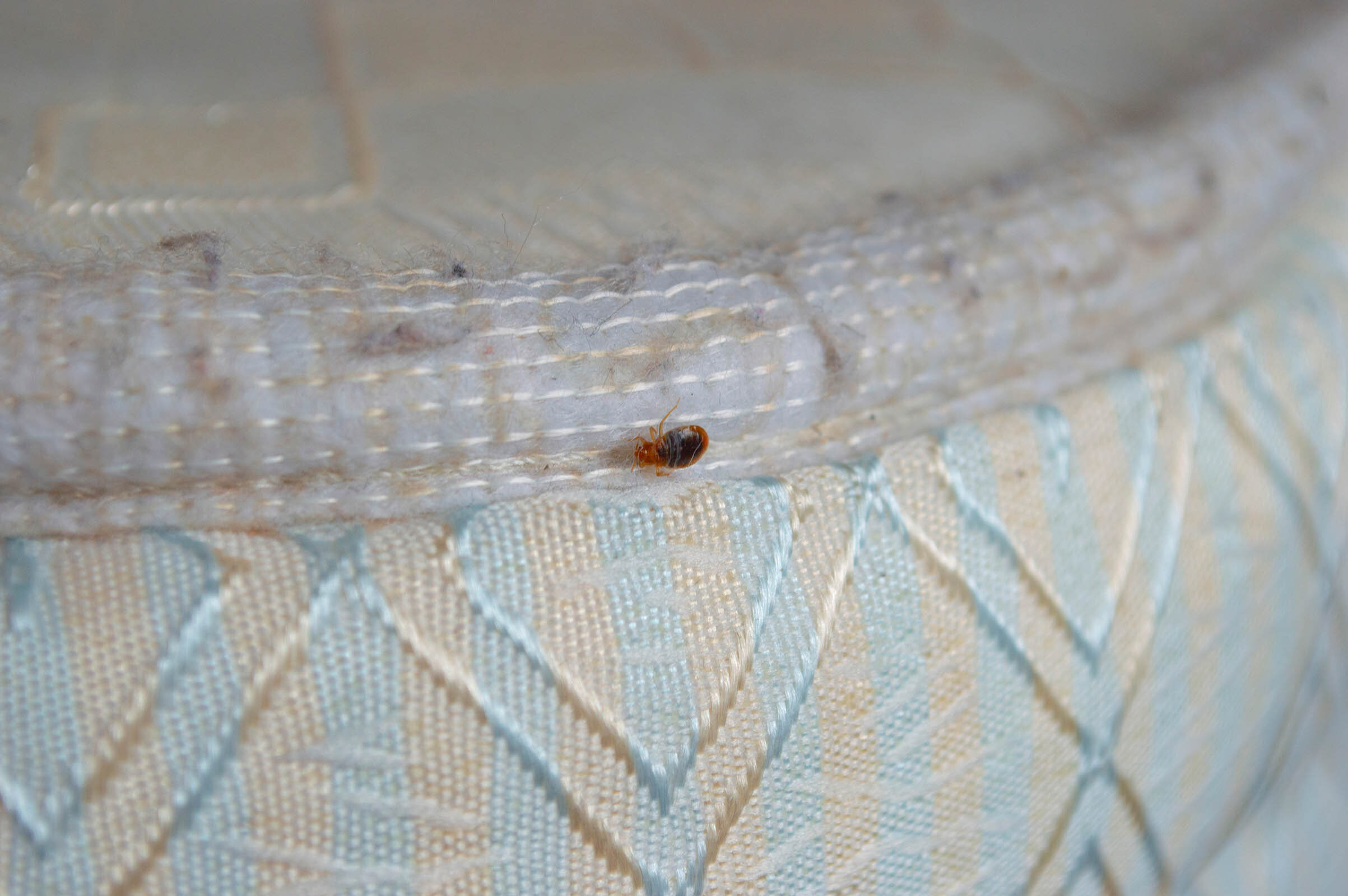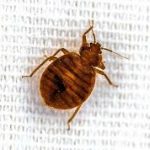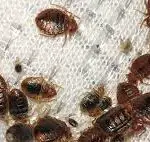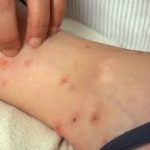Do I Need to Go to the Doctor For Bed Bugs?
The first step in diagnosing bedbugs is to contact your healthcare provider. A physical examination is required to confirm the diagnosis, and your healthcare provider will take a history of your medical history. The health professional will focus on your skin and organ systems, and check for signs of infection or allergic reaction. Blood tests are not necessary to diagnose bedbugs, but specimens may be helpful.
In addition to their bites, bed bugs can also produce eggs. Eggs are tiny and round, and they are laid by female bedbugs. Adult bedbugs can be up to 7 mm in size and are reddish-brown in color. A few bedbugs in your home can quickly turn into a full infestation.
The bites left by bedbugs can be in a cluster, or in a random pattern. The classic bedbug bite pattern has three or more in a row. The bedbugs will feed on exposed skin, including your hands, feet, and face. Bites from bedbugs can be painful, and you may also experience an itchy red bump. If you have repeated bites, you may develop blisters or wheals.
If you notice the bites, you should seek medical attention. Bedbug bites can mimic hives or an allergic reaction. They are red, swollen, and can ooze pus. You should also contact your local council or a pest control company. The bedbugs can be difficult to eradicate and may be resistant to some insecticides.








